

Of all the places I’ve traveled to in Europe, Hungary has left the biggest impression on me. I could use this post to tell you about the grand St. Stephen’s basilica in Budapest, the enchanting Chain Bridge, the relaxing baths, but you can find all that on any tourist website.
Instead, I want to tell you about the people in Budapest.
While France, Italy, and Spain receive much praise from tourists, Central European countries are often overlooked. I’m ashamed to admit I knew little of Hungary before my visit. I didn’t even know where Hungarians came from.
“Mongolia”, the owner of the hostel where I was staying educated me on my second day in the city; he quickly became my first friend there. Born on horses, Hungarians are traditionally known to be relentless and skilled fighters who mastered infamous archery techniques on horseback.
“My country used to be much bigger,” my friend mourned one night over dinner, not knowing that he was echoing the exact words my tour guide had said earlier that day. Hungarians can recount their country’s history with passion and precision, including the powerful days of the Austro-Hungarian empire, and the dark periods of the Nazi and Soviet occupations.
At first glance, Hungarians appear to be closed and very private individuals; their stern faces seem to show the suppression of the previous Soviet rule. Although the last Soviet soldier left about two decades ago, the country is still recovering from the whiplash of the Communist government. Walking around the Pest area, across the water from the Buda castle, I saw numerous beautiful apartments up for sale; their neo-Renaissance facades damaged from years of abandonment. The country has had a difficult past; its present shows both signs of uncertainty and recovery.
Having learned about the history of Hungary from locals, I was particularly sensitive to life in Budapest during my sightseeing. Museums were time capsules of pain and suffering; churches became memorials of monarchy and tradition. I’m very thankful to have befriended locals here, for no other accounts of Hungarian history would have been quite as intimate as the ones I received. I also learned that while Hungarians seem reserved on the outside, if you are lucky enough to form a friendship with any of them, they will open their homes and hearts to you with smiles bright enough to warm a cold Hungarian winter day.






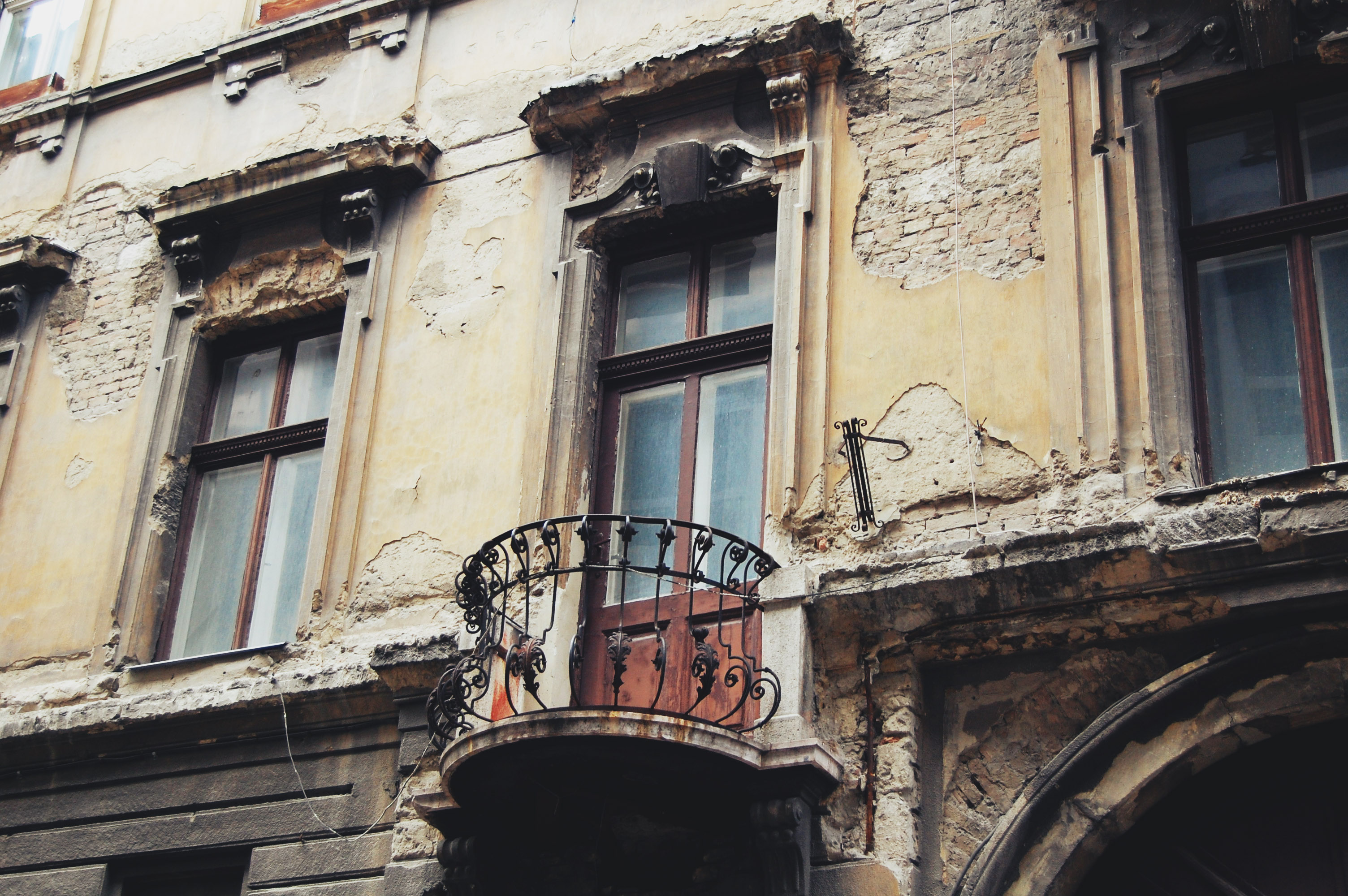
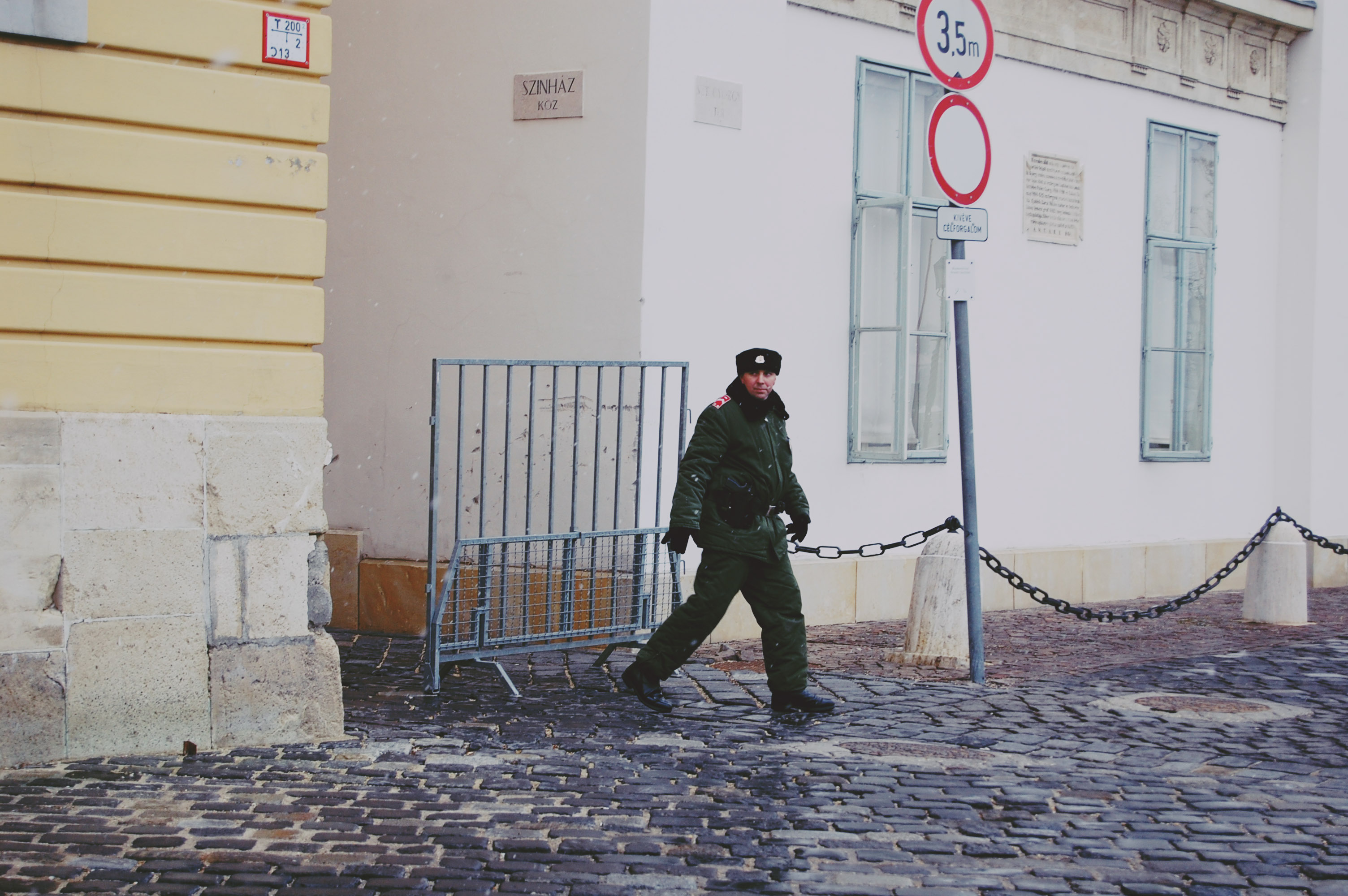
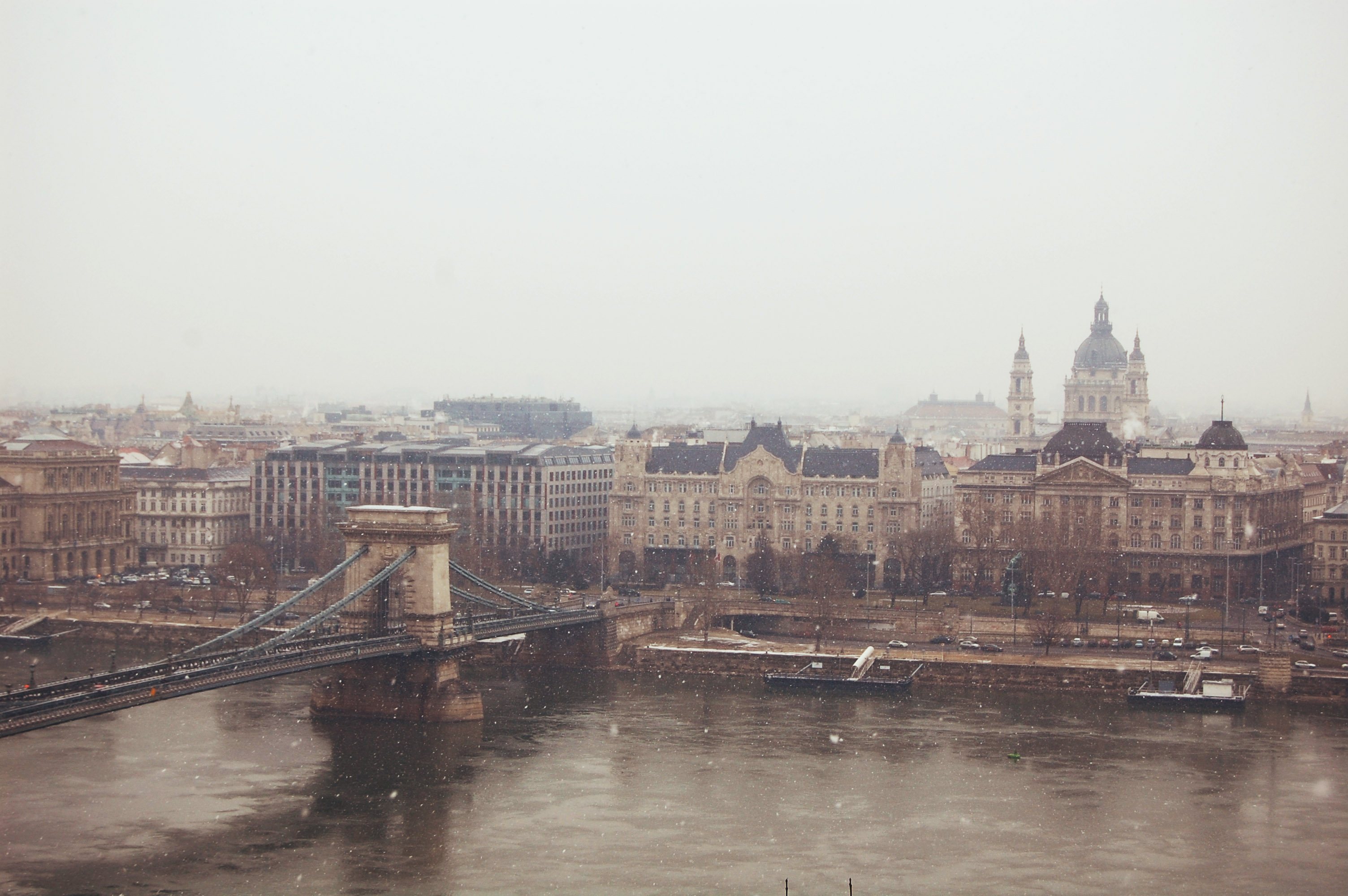



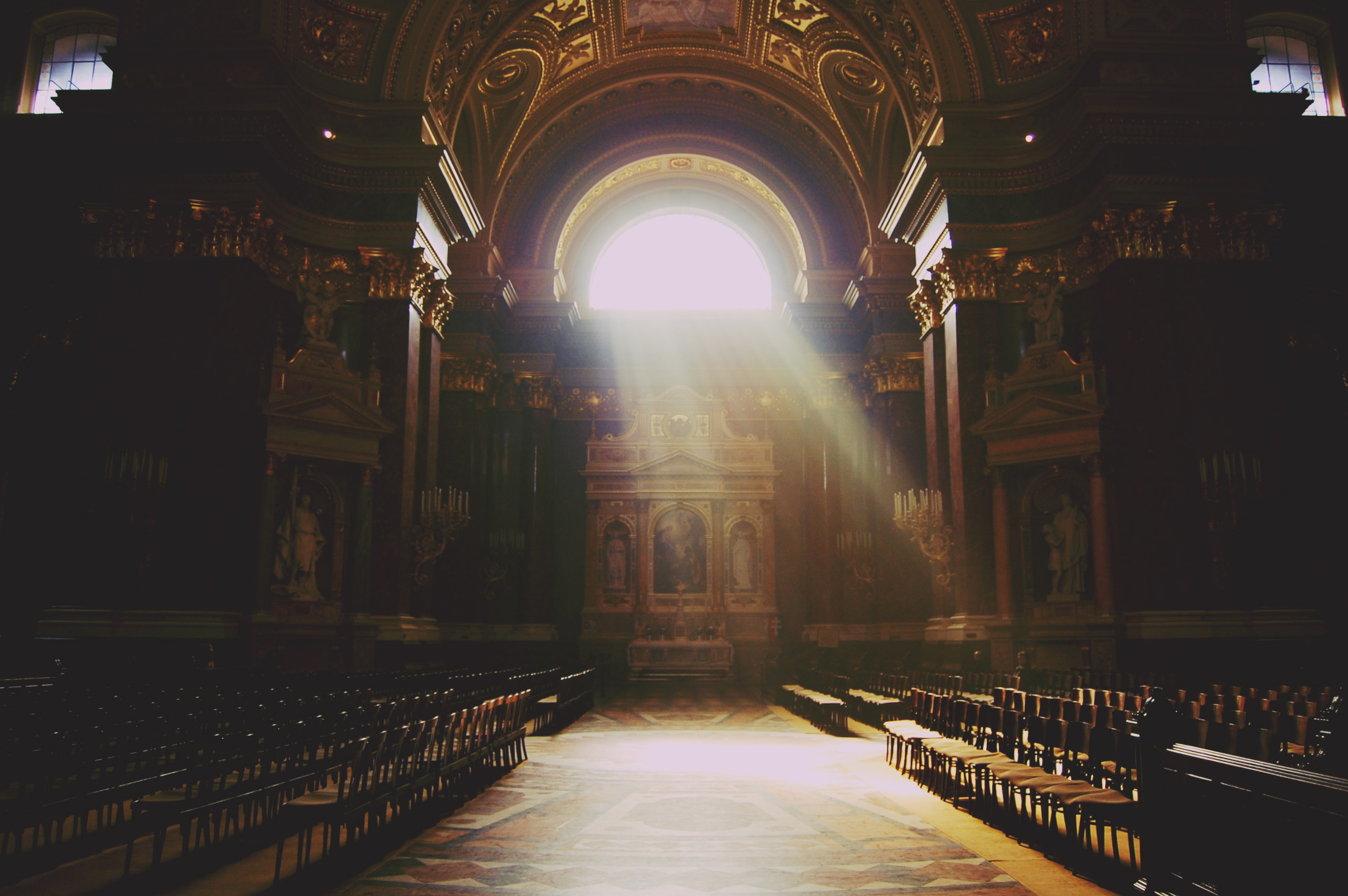

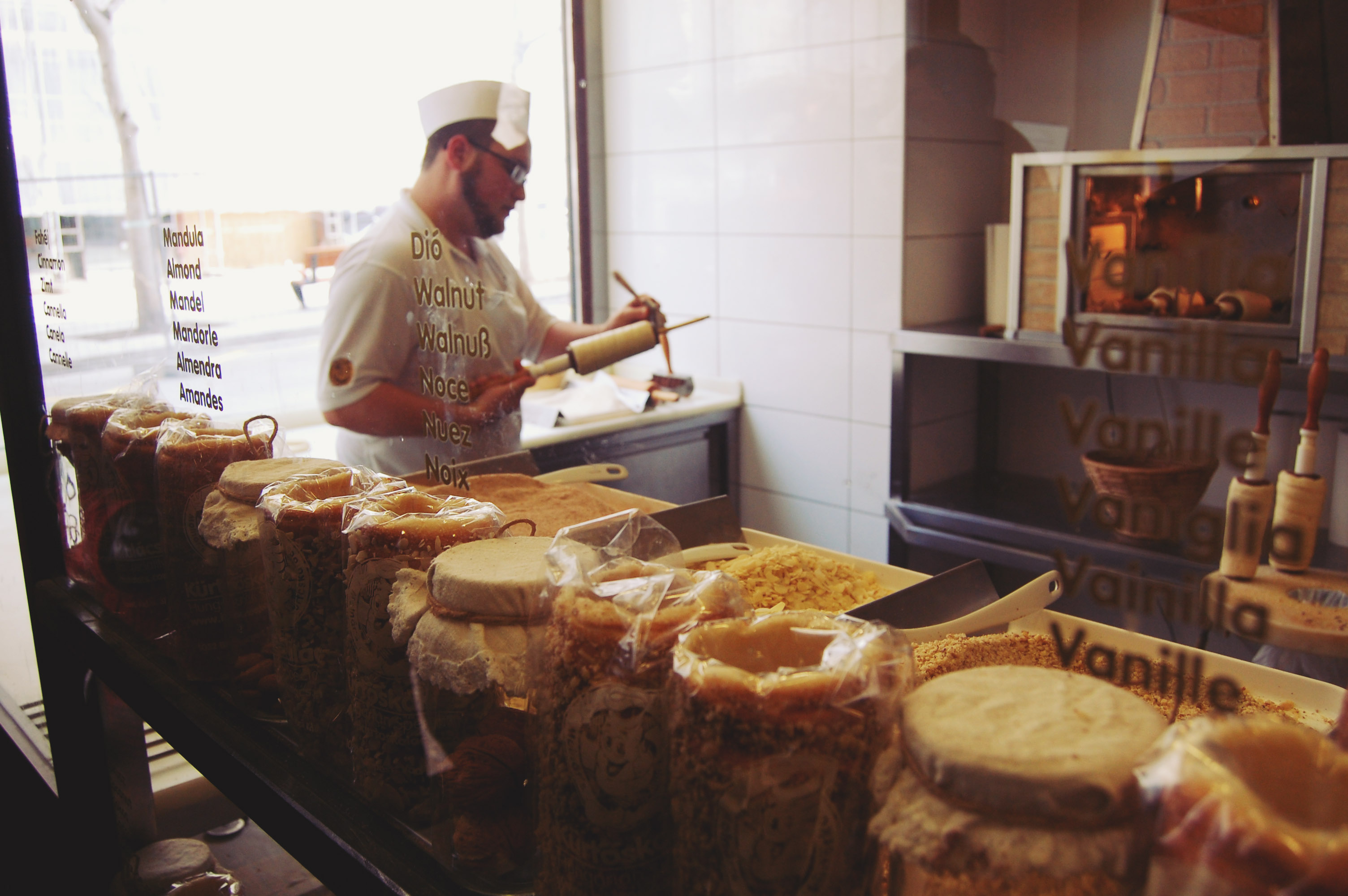

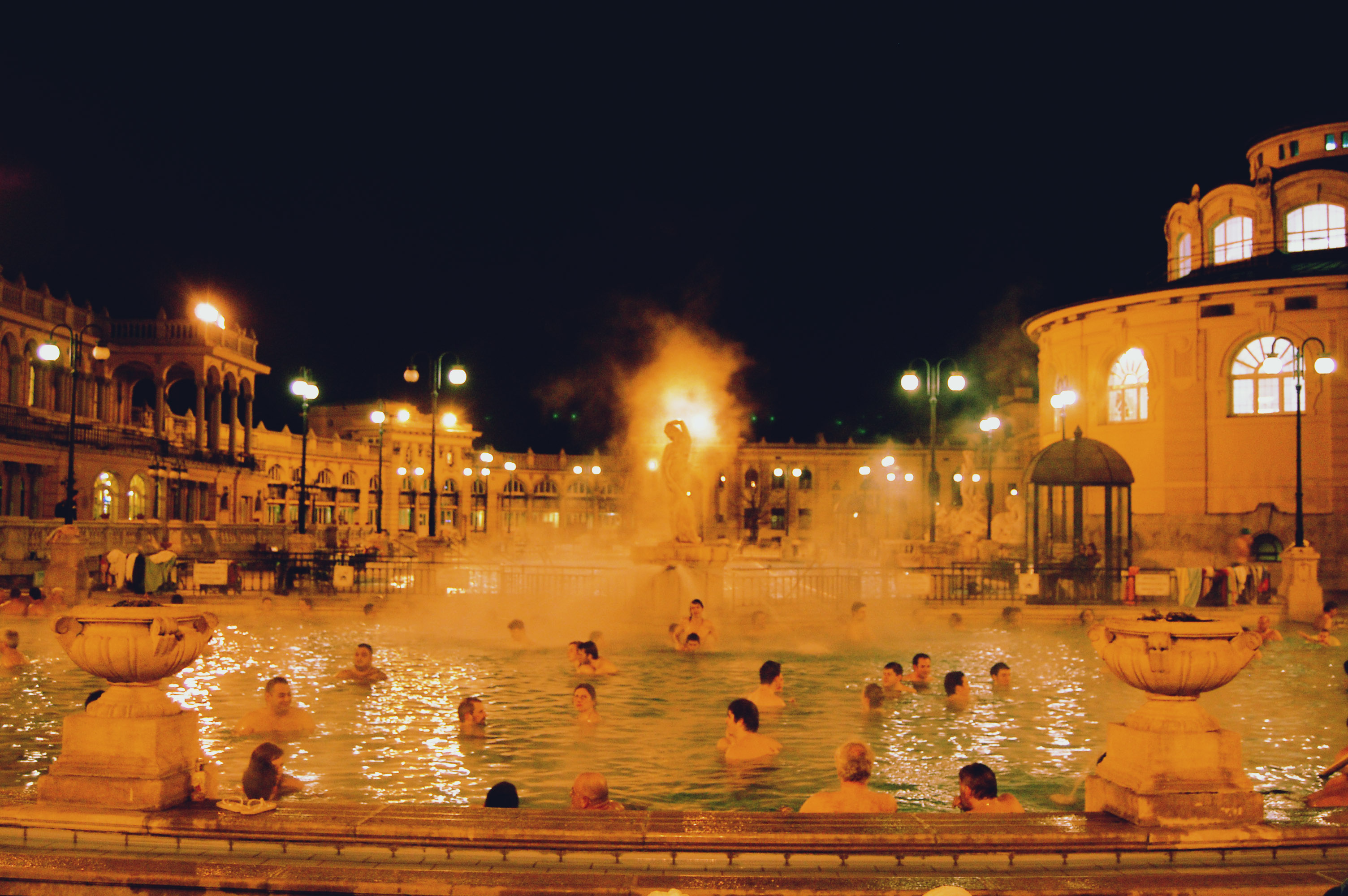
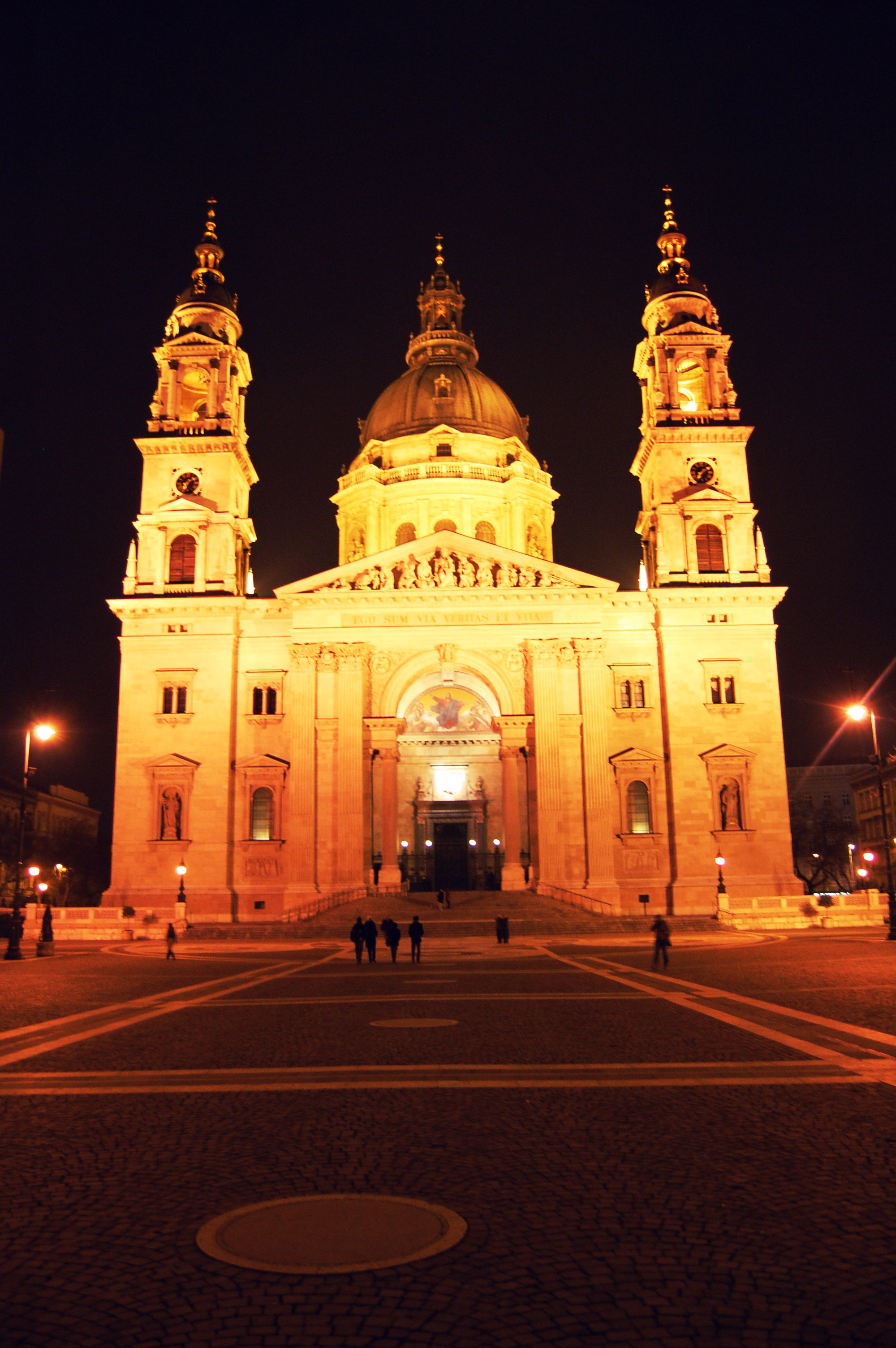

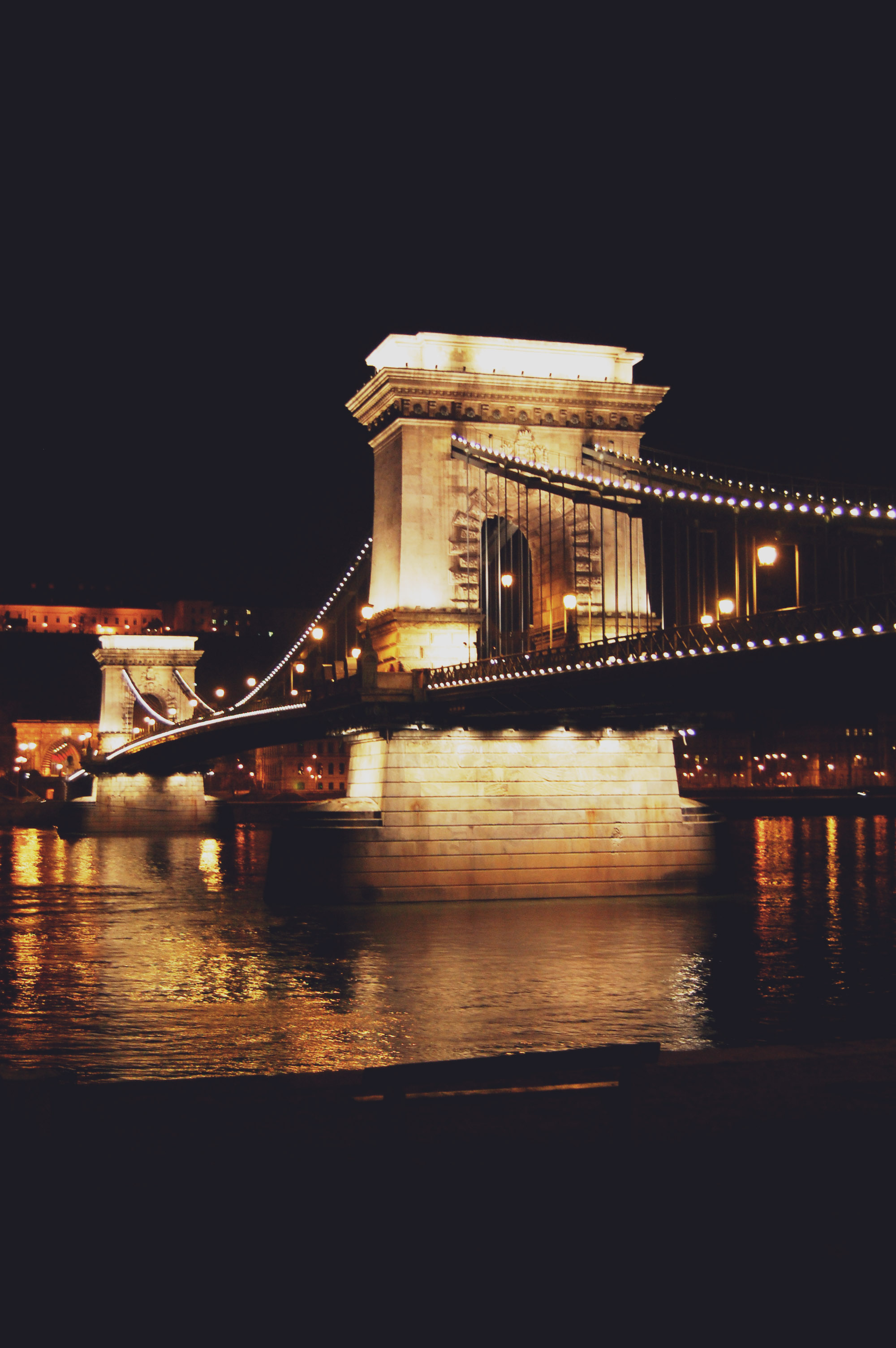
I’ll leave you with this photo of the Chain Bridge at night. Have you ever been to Budapest? If so, I’d love to know what you thought about the city. And if not, I hope this post peaks your interest in visiting Hungary.
This article originally appeared on Just-In-Time Travels. Get in touch with the author @tracyzhangphoto.



